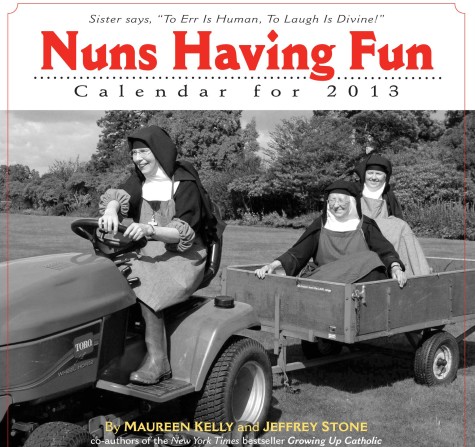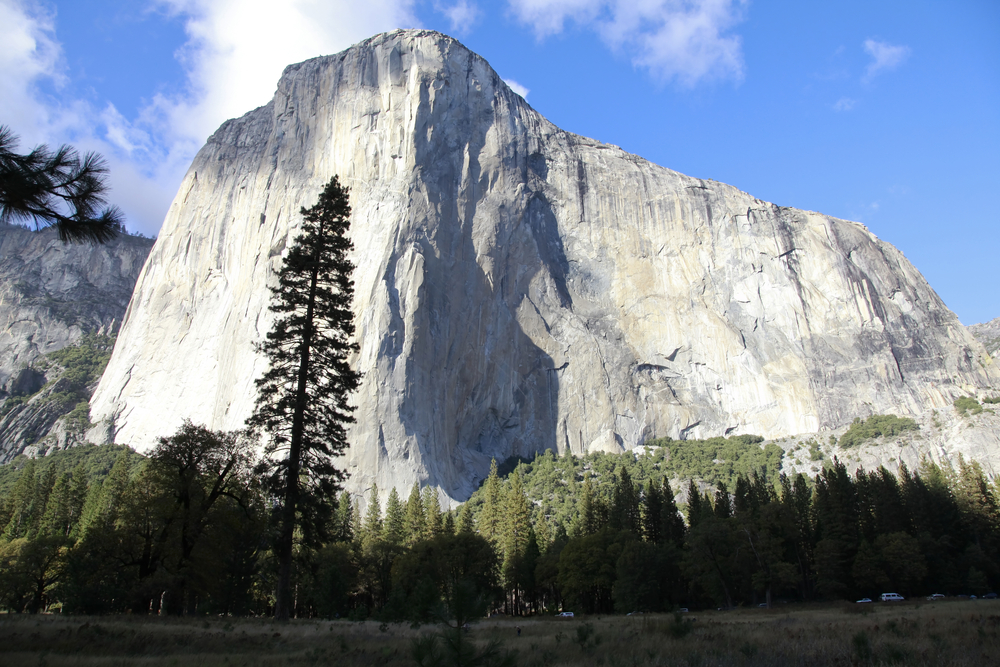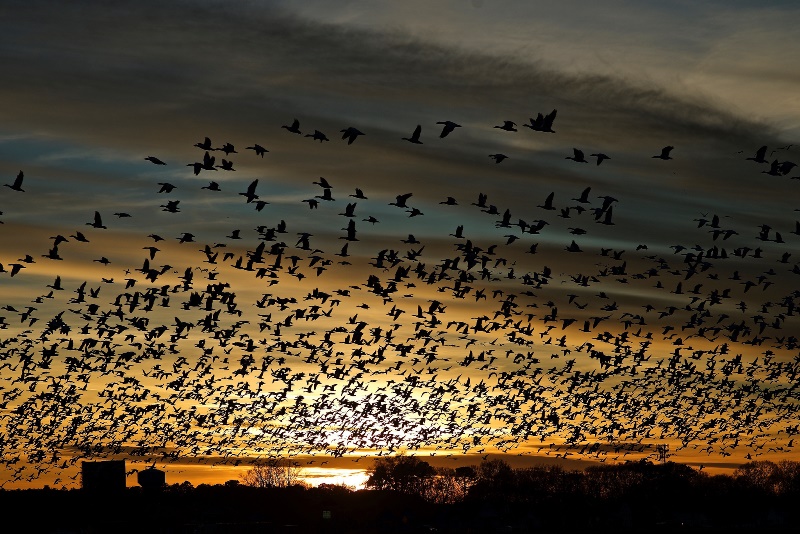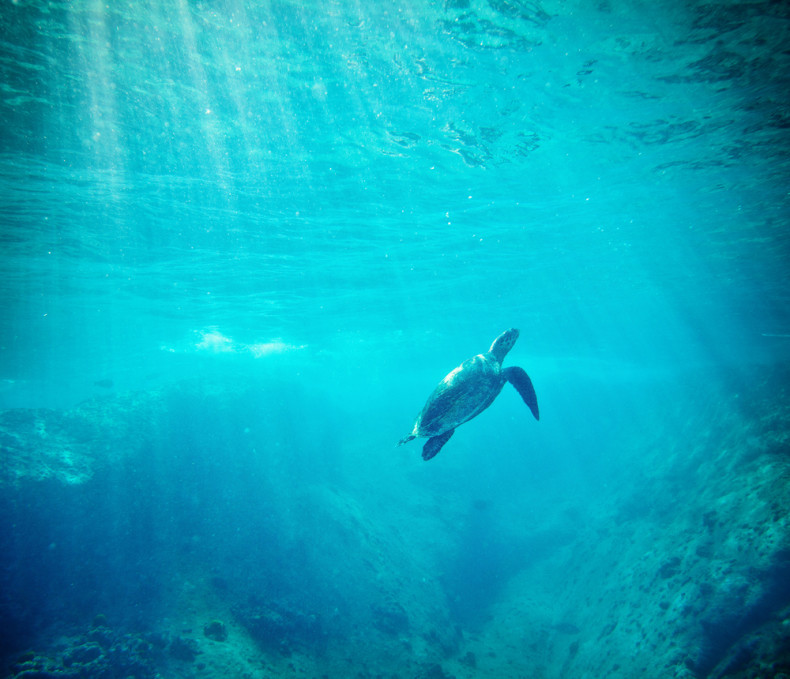 On Tuesday two people who I met a few years ago posted similar pictures. One still lives in the town of Kiruna, north of the Arctic Circle in Sweden, where I briefly lived; the other, last I heard, had moved even farther north, to somewhere in the Norwegian wilds.
On Tuesday two people who I met a few years ago posted similar pictures. One still lives in the town of Kiruna, north of the Arctic Circle in Sweden, where I briefly lived; the other, last I heard, had moved even farther north, to somewhere in the Norwegian wilds.
Each posted a picture showing the bright yellow light of the sun – the first time, I believe, that either had seen it in 2015. Its yellow disk glowed, a bright return after the twilight of winter noons.
In Kiruna, at 68 degrees north, the sun set the second week of December and stayed down. Now it’s up for nine minutes longer every day. By the end of May, it will stop setting entirely. Here at 39 degrees north, the sun will be up for almost 10 hours today.
Somehow, after I left the Arctic, people kept on living. It’s one of the most artificial things about social networking, that it keeps us in touch with acquaintances who would otherwise have drifted away. But it’s also one of the wonders. The odd childhood friend appears. Cousins’ kids grow up and get opinionated. College networks reassemble. Continue reading

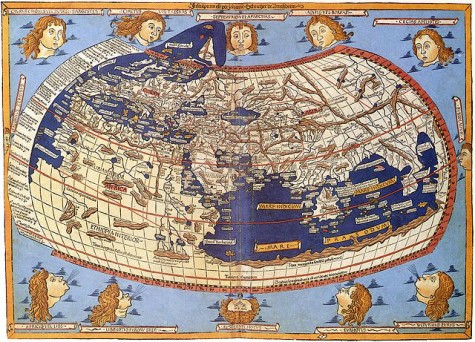 I’ve probably said this before, but I really like maps. In college, I bought a huge collection of used maps at a geography department sale to use as wrapping paper. When we lived in Oregon, we got a gigantic one of the state to put on the living room wall. (We also got an even bigger one of California, which should have been a clue that we might come back.) And there’s a poor cartographer who I keep interviewing without a story in sight, just because his job seems so cool.
I’ve probably said this before, but I really like maps. In college, I bought a huge collection of used maps at a geography department sale to use as wrapping paper. When we lived in Oregon, we got a gigantic one of the state to put on the living room wall. (We also got an even bigger one of California, which should have been a clue that we might come back.) And there’s a poor cartographer who I keep interviewing without a story in sight, just because his job seems so cool. 
